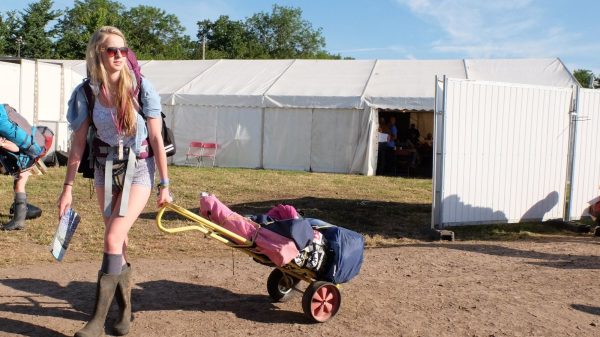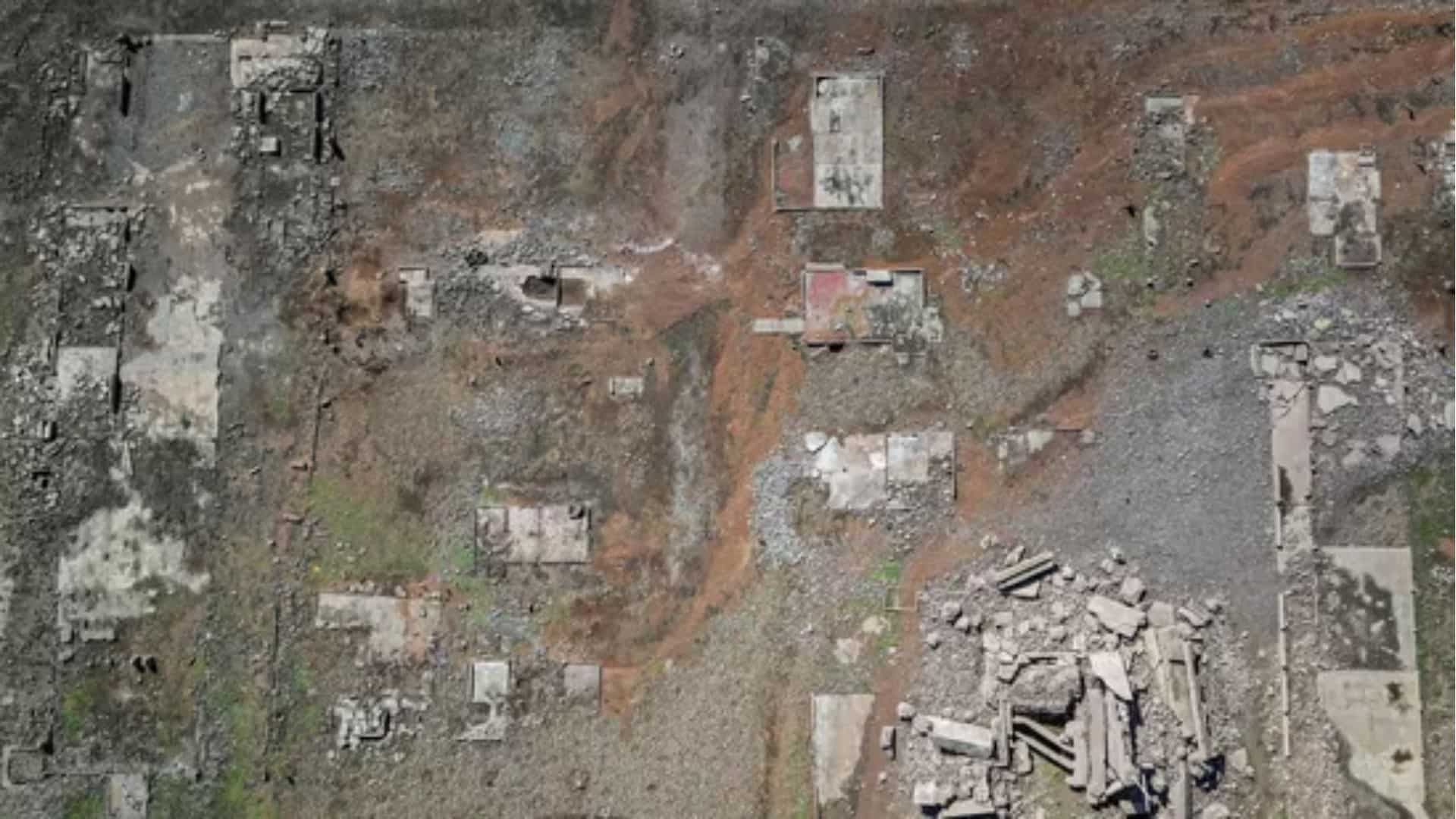Impact of El Niño in the Philippines
El Niño exacerbates drought conditions in the Philippines, with temperatures projected to hit 37 degrees Celsius and a high heat index of 45 degrees Celsius.
Resurfaced Village in Northern Philippines
A village settlement that dates back nearly 300 years, which was submerged by a dam in the 1970s, has resurfaced in the northern Philippines as a result of an extended period of drought. Sections of the village, such as a church and tombstones, became visible as the waters of the Pantabangan Dam in Nueva Ecija province receded. The water levels of the dam have decreased by almost 50 meters below their usual level, marking the sixth occasion on which the village has reappeared since the dam was built.
Impact on Power Supply and Education
- Half of the provinces in the Philippines, including Nueva Ecija, are officially facing drought conditions.
- The ongoing heatwave is putting pressure on power supplies in Luzon, the country’s primary island, which contributes three-quarters of the nation’s economic output. Thirteen power plants have gone offline, reducing reserves.
- In response to a forecast of record-high heat indices, the Philippines’ Ministry of Education has instructed public schools to transition to online learning to address concerns about overcrowded classrooms lacking adequate air conditioning.
Rising Dengue Fever Cases in Indonesia
Rising temperatures in Indonesia have led to a significant increase in dengue fever cases. Last month, reported cases soared to 35,000, a sharp rise from 15,000 the previous year.
Reasons for Severe Drought in the Philippines
In the Philippines, March, April, and May are usually the hottest and driest months, but this year, the El Niño weather has made things even worse. El Niño, which happens when the Pacific Ocean’s central and eastern parts get warmer than usual, has caused less rain than normal in the country.















































